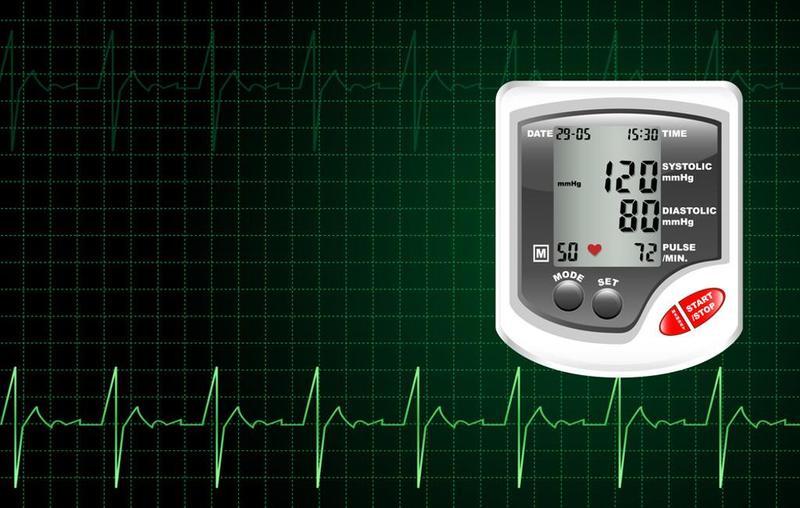How to Follow the DASH Diet
How to Follow the DASH Diet
DASH stands for Dietary Approaches to Stop Hypertension. It’s been studied extensively and is useful for people who need to watch their blood pressure. But even if you don’t have high blood pressure, it’s still an excellent way to eat a healthy diet.
The DASH diet features lots of fruits and vegetables, whole grains, fish, poultry, legumes and low- or non-fat dairy products. It also allows you to consume some nuts and seeds.
Overall it’s low in fat and sodium.
But every diet requires you to cut back on something and the DASH diet cuts back on salty foods, sugary beverages, greasy foods, sweets, and red or processed meats.
Target Nutrients for the DASH Diet
On average, here’s what you should aim for on a daily basis:
Total Fat – 27 percent of your calories
Saturated Fat – 6 percent of your calories
Protein – 18 percent of your calories
Carbohydrate – 55 percent of your calories
Cholesterol – 150 milligrams
Sodium – 2,300 milligrams (or less if you’re at risk for, or have high blood pressure)
Potassium – 4,700 milligrams
Calcium – 1,250 milligrams
Magnesium – 500 milligrams
Fiber – 30 grams
It’s not easy to track all those individual nutrients, but if you follow these daily recommendations, you’ll do just fine:
Grains: 6 to 8 servings per day. Grains include bread, cereal, pasta and rice. One serving is equal to one slice of bread, 3⁄4 cup dry cereal, or 1⁄2 cup cooked cereal, rice or pasta.
Choose whole grains such as whole-wheat bread or pasta and brown rice, whenever possible.
Fruits and vegetables: 8 to 10 servings per day. Eat a variety brightly colored and dark green varieties every day. One serving is 2 cups of leafy greens, 1 cup chopped or sliced fruits and vegetables, one piece of fruit or 3⁄4 cup juice.
Fresh and frozen are best – canned goods are usually too high in sodium. But out for frozen vegetable blends that include sauces that are high in fat and sodium.
Dairy: 2 to 3 servings per day. Choose non-fat and low-fat dairy products, but avoid whole milk, butter, cream, cheese, half and half, and regular sour cream. Look for reduced fat versions of yogurt, milk and sour cream. You’ll have to cut way back on most cheese – not only is it usually high in fat, but it’s also high in sodium. A serving here is 1 cup of milk or yogurt and just a couple spoonfuls of sour cream. If you don’t like, or can’t consume dairy, choose soy, almond or rice milk that are fortified with calcium, or eat more dark green leafy vegetables.
Lean meat, poultry, and fish: less than six servings per day. Eat fish and seafood, or skinless chicken and turkey. Cut way back on the red meat – and only choose lean cuts. All meats should be served without heavy sauces and should be baked, broiled or steamed. One serving is about 3 ounces.
You can also have one egg per day.
Nuts, seeds and legumes: one serving per day. Nuts and seeds are good for you, but they’re a little high in fat, so make sure you keep an eye on serving sizes – about 1 ounce. Legumes, such as soy, black beans, navy beans and kidney beans can be eaten a little more often – and make an excellent protein substitute for meats. Be careful – canned beans are usually high in sodium. You can rinse them, but you may need to buy dry beans and soak them at home.
Fats and oils: 2 to 3 servings per day. That’s not much – this includes margarine, butter, mayonnaise, and salad dressings. One serving is only a tablespoon or two.
Sweets and sugar: one treat per day. You don’t need to avoid sweet treats entirely – but don’t eat more than one small treat per day. Sweet treats include candy, sorbet, jelly, jam, sugary soft drinks and low-fat cookies.
by Shereen Lehman For Very Well
Be the first to post a message!
